The very first advance shipment of the Sigma dp2 Quattro camera has just arrived, and as I write, our team is preparing a number of these compact, high-resolution cameras for the dp2 Quattro Test Shoot: Try Before You Buy program. Here’s our exclusive first look at the Sigma dp2 Quattro.
I’ve spent the weekend with the dp2 Quattro, and I can tell you straight-out that this is far and away the best dp camera I’ve had my hands on. And for those keeping score, I’ve been working with these cameras for a long time. In fact, I published one of the very first hands-on reports of the original DP1 back when I was Online Editor of PopPhoto.com.
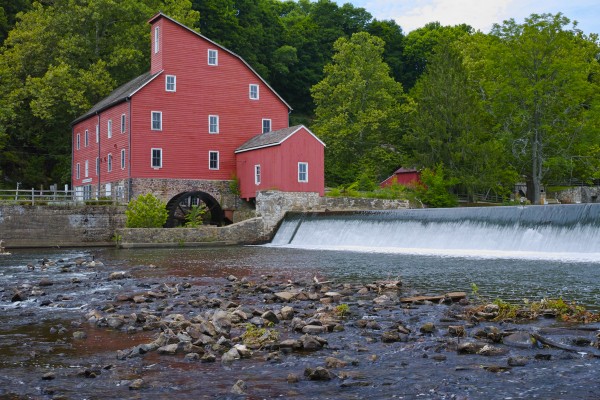
I have always been a fan of the elegant simplicity of the dp cameras, the uncluttered interface, and the refreshing lack of frills and bloat in the menus and commands. The dp cameras have always been designed with an eye on image-making, and to that end, the functionality trumped any fashion issues for me.

Some called the older dp cameras “boxy.” But I was never really that bothered by the design. However, now having gone walking around with the dp2 Quattro, I can say that I am really impressed with the new design that is so much more complex a form than the old box and barrel of previous generations.
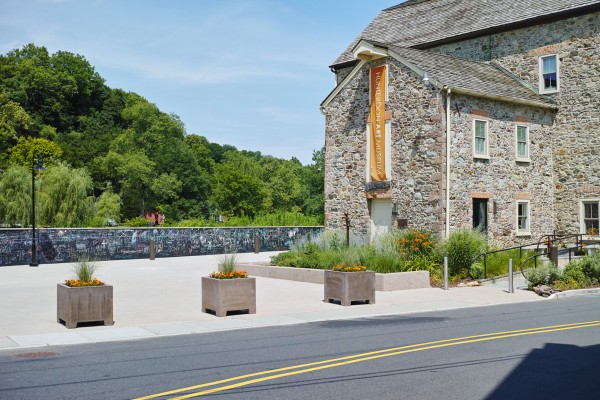
It is as if an SLR and standard lens were sliced and pared down to its most essential form. The thumbgrip and shutter button feel natural for a one-handed hold, and the lens barrel aligns with where an SLR lens lives, so a two-handed hold is also very natural a feel. Framing through either the 920K dot LCD or the optional optical viewfinder is very easy; and the new multi-plane level overlay on the LCD during framing is a much appreciated addition to the on-screen display during composition.

On the inside, of course, is the Foveon Quattro sensor, with a completely new architecture that increased the resolution about 14-15% over the Merrill Generation sensor, which is renowned for its fine detail capture; but the real story here, in addition to the slight resolution bump is the significantly increased processing speed from the previous generation. The photographic process with the dp cameras has always been, to put it kindly, a “methodical” and “deliberate” one; due, in part, to the enormous amounts of data captured by the stacked image sensor.
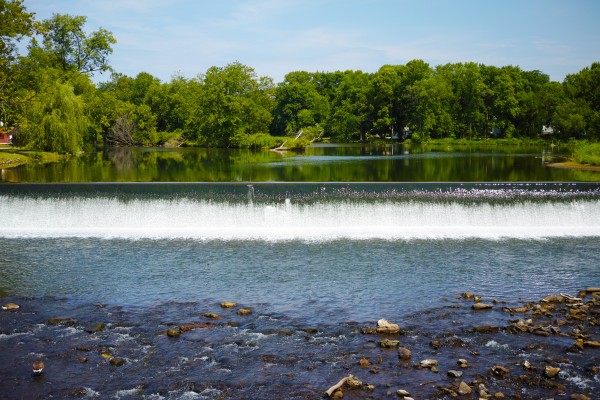
The new 4:1:1 sensor, which captures panchromatic luminance (detail) information on the top sensor, along with blue chrominance (color) information, and green and red chrominance information on the middle and bottom layer, seriously improves the processing time compared to the DP Merrill cameras.
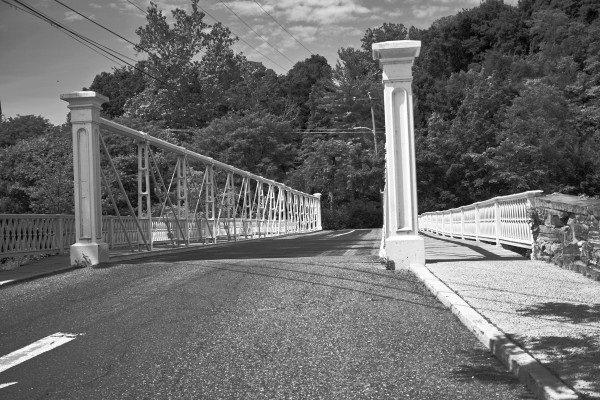
And the legendary Foveon image feel—tactile, immersive, and oozing with incredible detail on the focal plane, is all there. The images are simply stunning, with a richness of color and detail that needs to be seen up-close, and preferably, as a big print, to be truly appreciated.
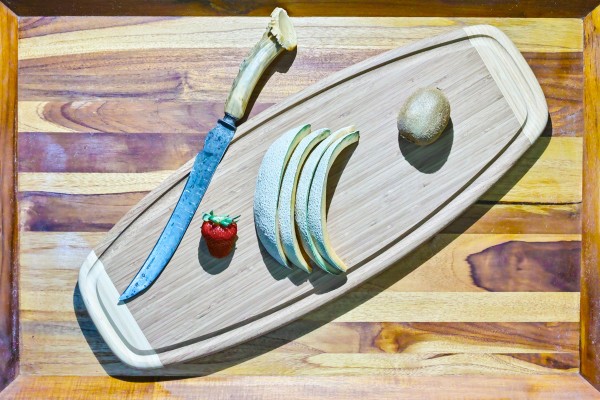
Watch a hands-on demo with the dp2 Quattro and screencast of Sigma Photo Pro Raw Conversion
Sigma dp2 Quattro and Sigma Photo Pro 6 Hands-On Demo from Sigma Corporation of America on Vimeo.
Click the link for more information on the dp2 Test Shoot Test Shoot, and to view photos tagged with #SigmaQuattro.
Download the dp2 Quattro brochure and manual here.

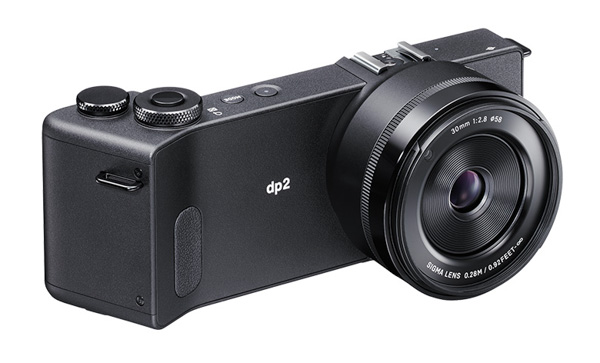
Extracted with Sigma Pro Photo 6 and then tweaked with Adobe Camera Raw 8.5? Huh, is Sigma Pro Photo 6 extracting to DNG now?
5 allows extraction to tiff or jpeg, then one could do a bit more editing in PhotoShop CS5 or Lightroom 4, or PaintShop, etc.
ACR 8.5 doesn’t open XF3 files and would only be useful for DNGs.
Jay, the images were captured as X3F RAW, toned and exported as 16-bit full-resolution TIFFs in Sigma Photo Pro, and then web optimized for the web (sRGB color space and downsampled) in Adobe Camera Raw’s exporter module.
Jack, thank you for the informative DP2Q review and “hand-on” video. DP2Q is a great camera that comes very close in image quality to a digital medium format at a pixel level.
Do you know by any chance if there are plans for Sigma to make an external EVF for the Quattro line-up?